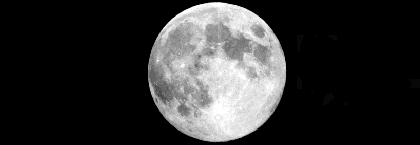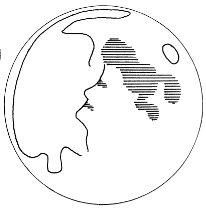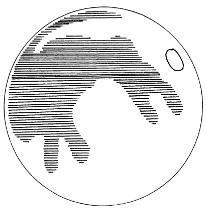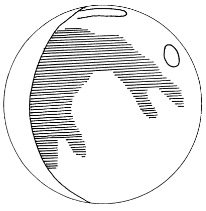This is my binocular setup.
The Lunar certificate lists objects to view through binoculars (also called binos). I own a pair of Pentax 8 x 42 DCF HRII. They cost approximately $300. They are sold for bird watchers (like me) but these binos operate great in low light conditions. For long observations, I use a camera tripod with bino adapter attachment for the tripod. I had to use a dremel tool to make the adapter fit my small binos.
This certificate was tested with 7 X 35 binos. I checked out all the binos and talked to everyone in my astronomy club before I made a choice. Likewise, there are many articles on the web about choosing binos for astronomy viewing. So here we go!!!
The spokes or lines coming from the crater are rays. The rays correspond to the ejecta that were produced during the impacts that originated the craters.
During a full moon on July 22 at 10 pm, I observed the bright rays coming from the following craters with binoculars:
Sinus Iridum - Bay of Rainbows
Sinus Medii - Central Bay
Sinus Roris - Bay of Dew
Palus Somnii - Marsh of Sleep
Palus Epidemiarum - Marsh of Epidemics
Mare Vaporum - Sea of Vapors
The next observation will be August 10th approximately 9 pm. The moon will be 4 days old or it is referred to as a waxing crescent. This will allow a different view of the light hitting another set of craters.





 The Man in the Moon.
The Man in the Moon. The Woman in the Moon.
The Woman in the Moon. The Rabbit in the Moon.
The Rabbit in the Moon. The Cow Jumping over the Moon.
The Cow Jumping over the Moon.
